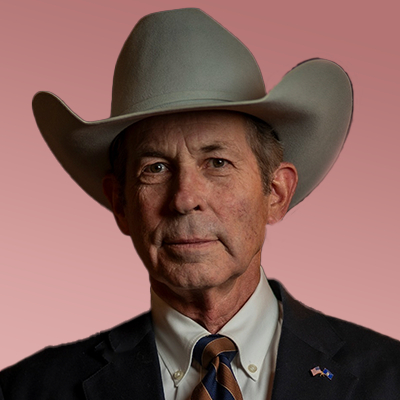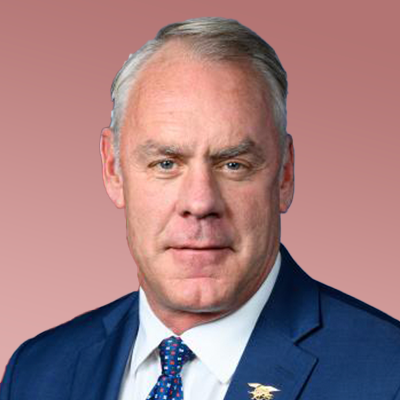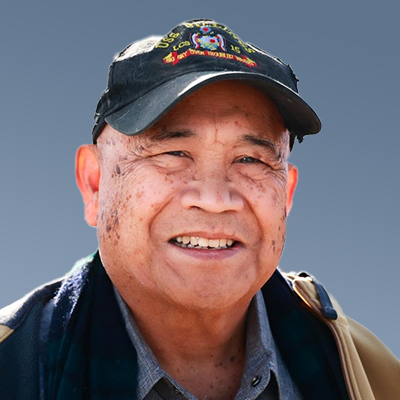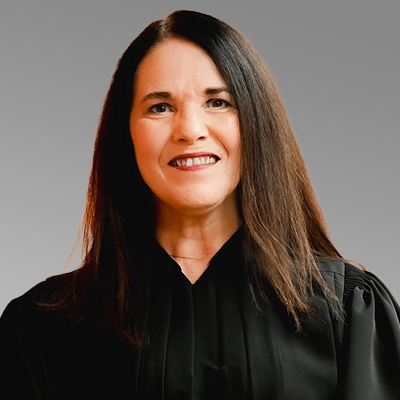Through the 2024 election, Montana voters will select candidates to fill 14 Montana-specific federal and state offices — plus 100 House seats and 25 open Senate seats in the state Legislature.
That can be a baffling process to track even for voters who diligently follow political news. This digital guide, a project of the nonpartisan Montana Free Press newsroom, is an effort to ensure basic information is available so voters have the opportunity to cast informed votes.
The 2024 primary election, where voters picked political party nominees to advance to the General Election, was held Tuesday, June 4. The 2024 general election will be held Tuesday, Nov. 5.
Federal Delegation
U.S. Senate

Candidates defeated in June 4 primary election
Republicans
U.S. House District 1 (West)
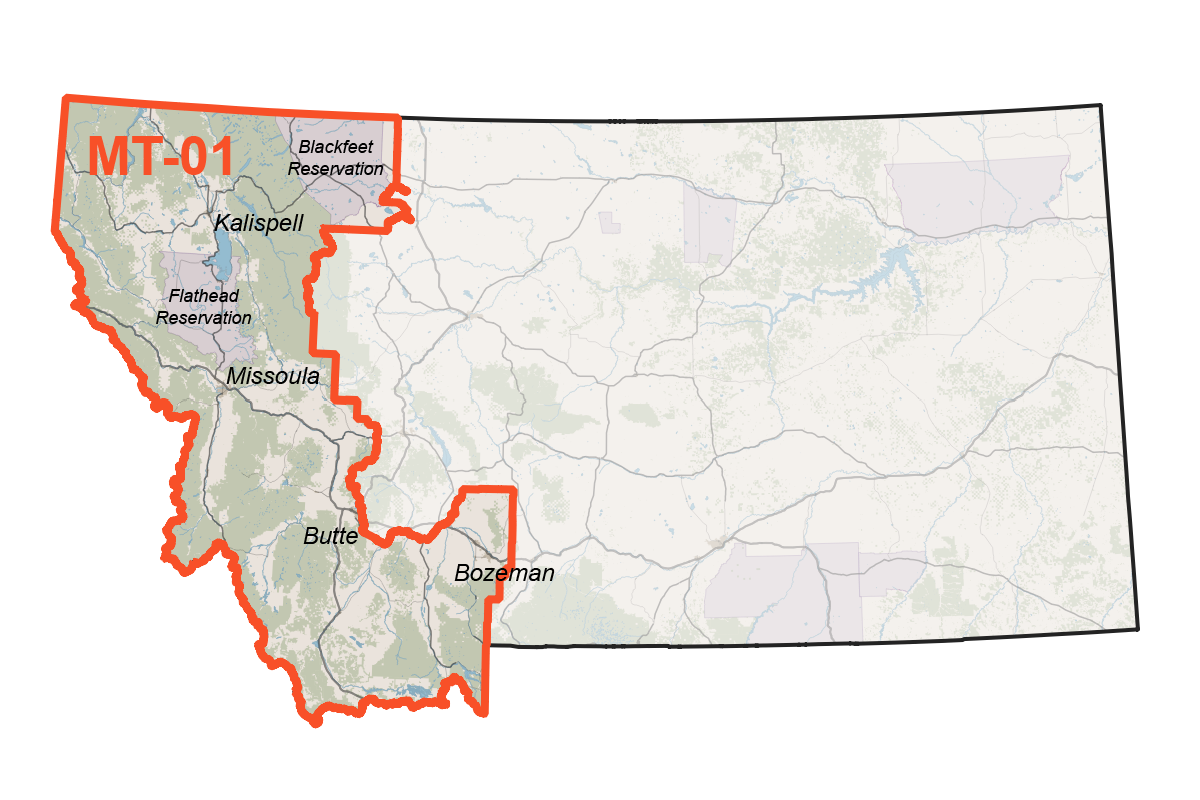
Candidates defeated in June 4 primary election
U.S. House District 2 (East)
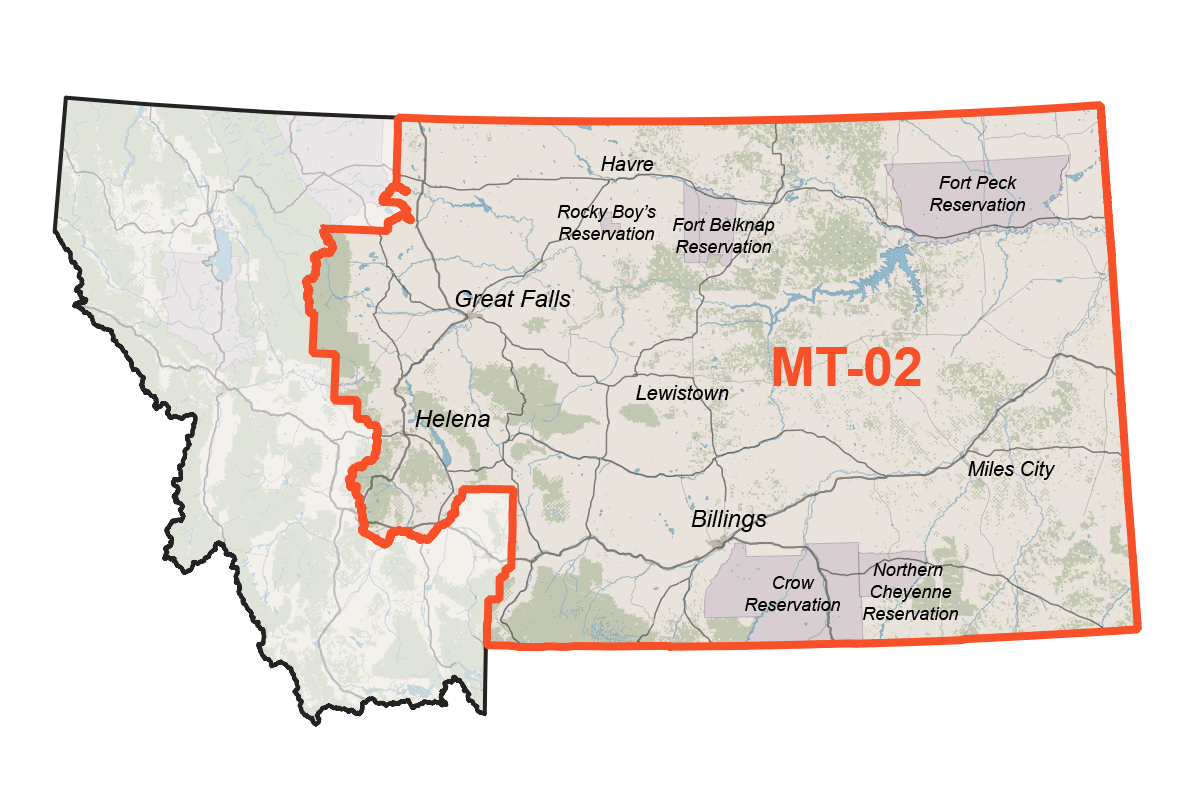
Candidates defeated in June 4 primary election
Republicans
State Officials
Governor
Candidates defeated in June 4 primary election
Secretary of State
Attorney General
Candidates defeated in June 4 primary election
Superintendent of Public Instruction
Republican
Candidates defeated in June 4 primary election
State Auditor
Candidates defeated in June 4 primary election
Montana State Legislature
Montanans elect 100 state representatives to two-year terms and 25 of 50 state senators to four-year terms in each even-year election. This year's election is the first to be conducted using a new legislative district map drawn to account for population shifts recorded by the 2020 census.
Each Senate district is composed of two House districts.
House District 1
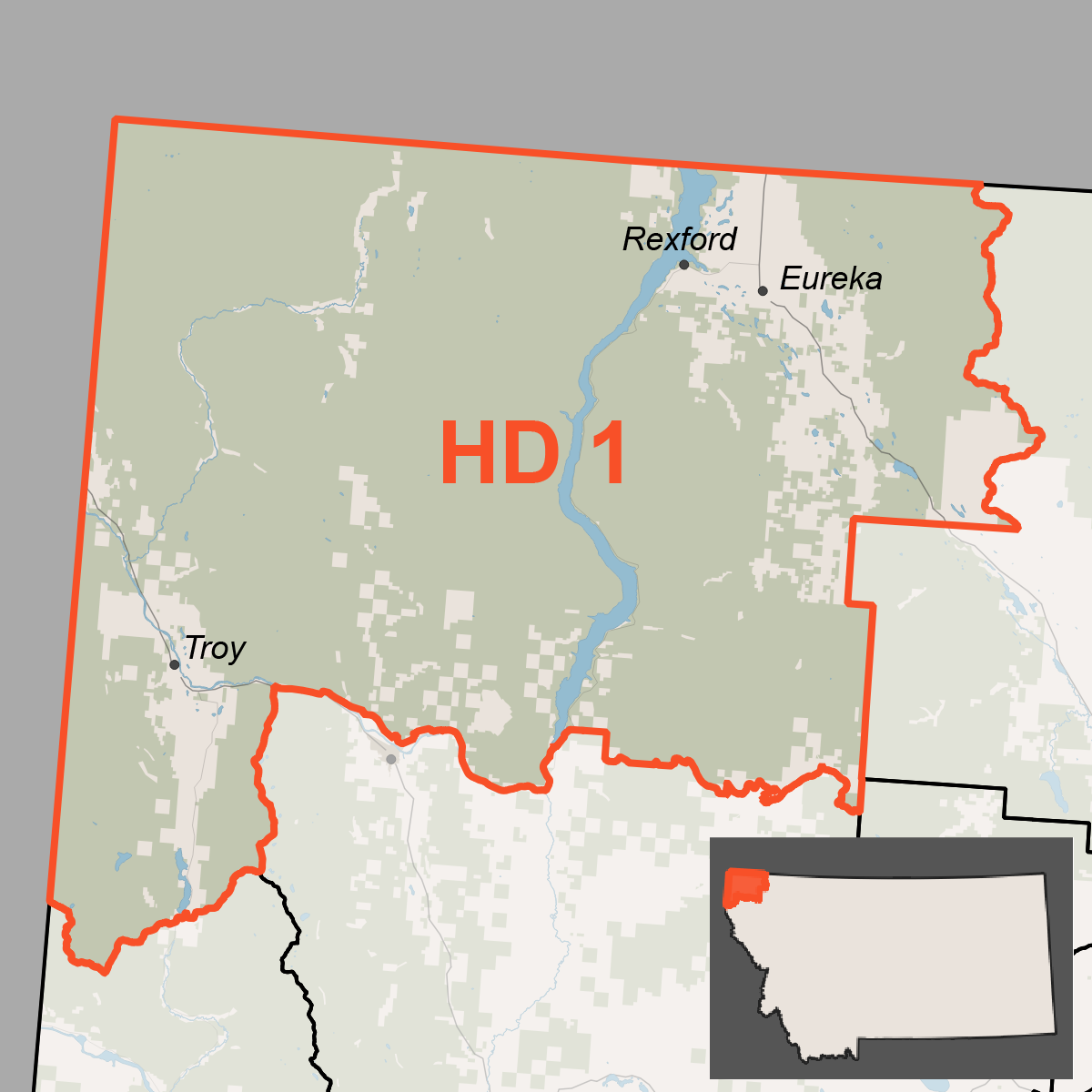
Senate District 1
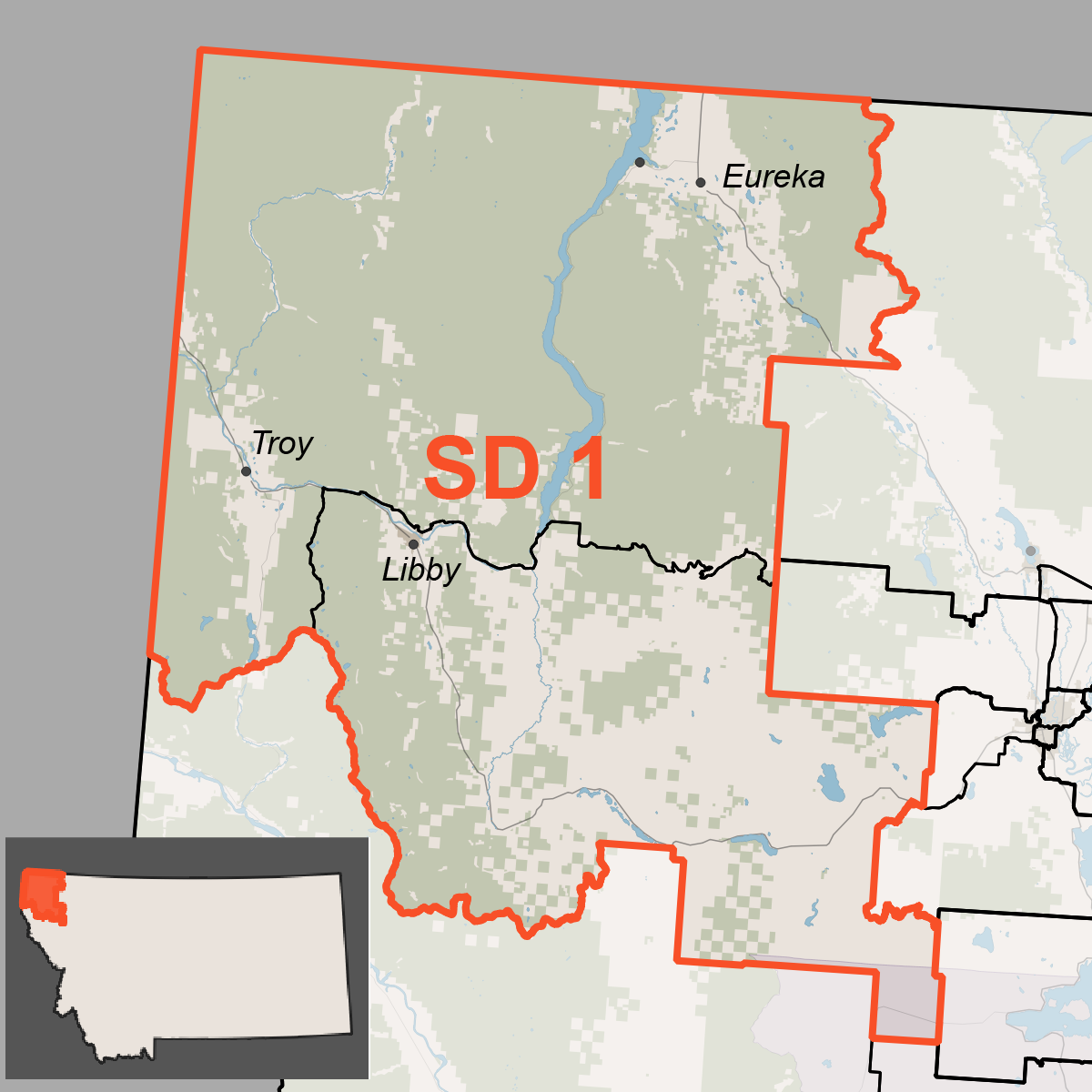
Montana Supreme Court
State Supreme Court (Chief Justice)
Candidates defeated in June 4 primary election
State Supreme Court (Seat 3)
Candidates defeated in June 4 primary election
Clerk of the State Supreme Court
Candidates defeated in June 4 primary election
Public Service Commission
Public Service Commission (Seat 2)
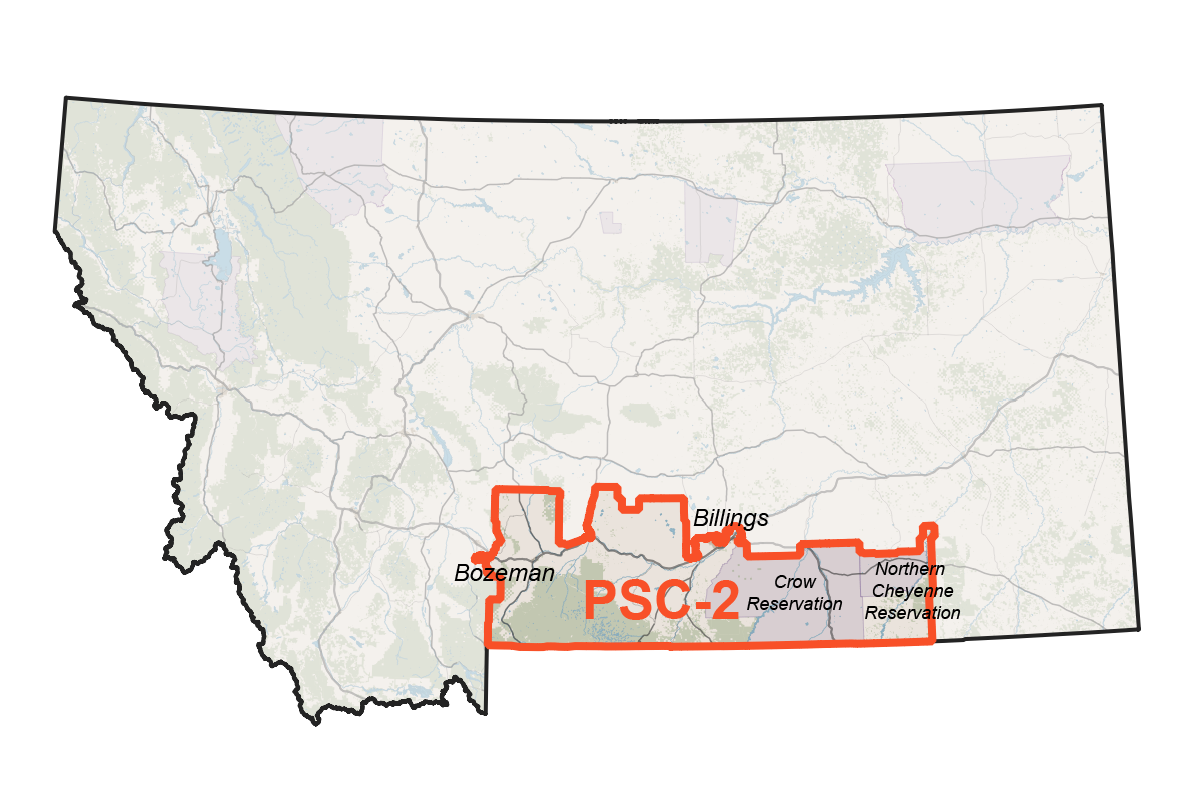
Candidates defeated in June 4 primary election
Public Service Commission (Seat 3)
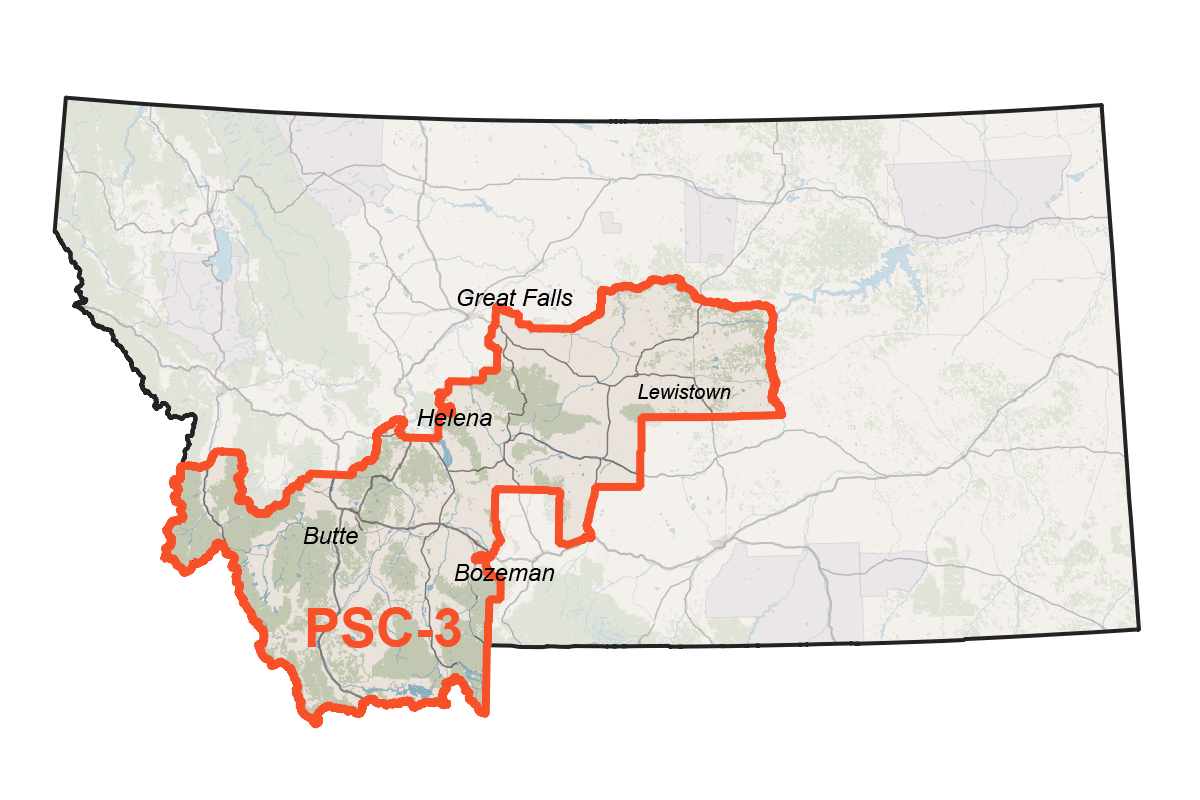
Candidates defeated in June 4 primary election
Public Service Commission (Seat 4)
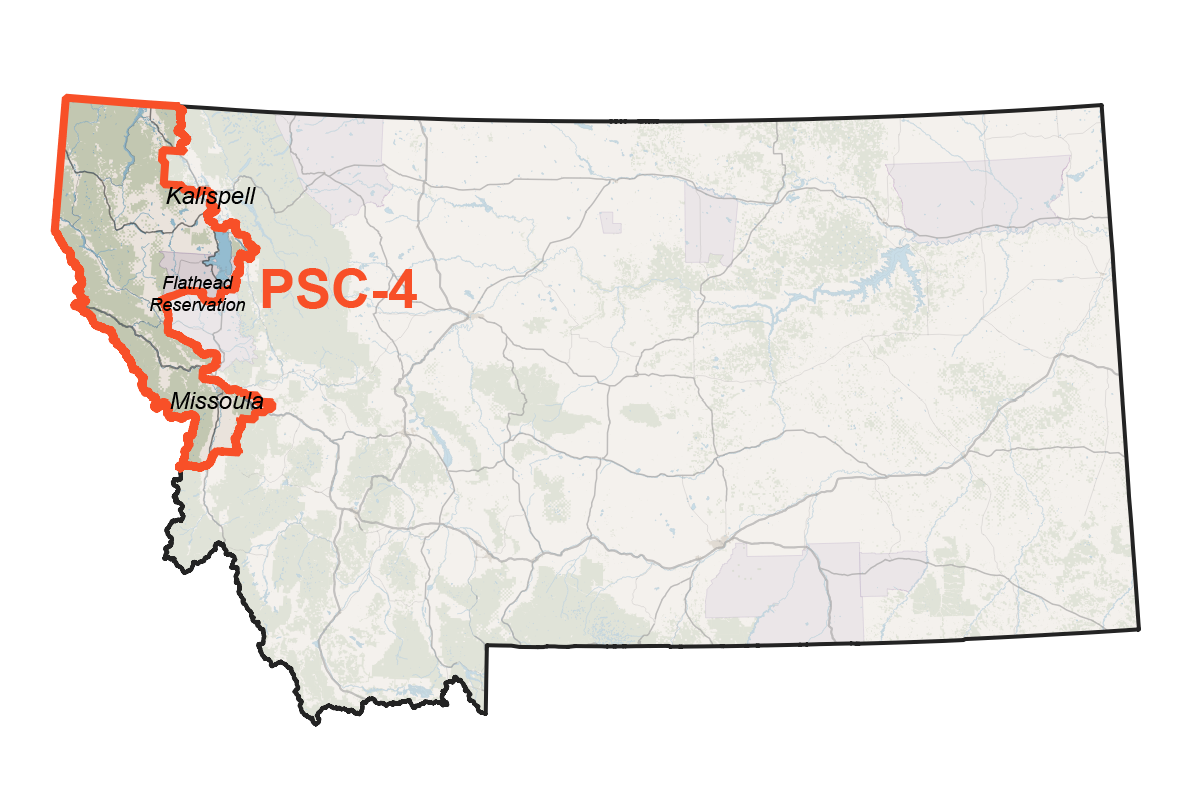
Ballot initiatives
Issue votes can be placed on the November General Election ballot either by referral from the Legislature or by citizen initiative when backers clear voter signature-gathering thresholds.
To qualify their citizen initiatives for the 2024 ballot, backers needed to submit enough signatures to county election administrators by June 21. The Montana Secretary of State has qualified three citizen initiatives for the ballot this year:
Constitutional Initiative 126
The first of two proposed amendments to the state Constitution advanced by Montanans for Election Reform. It would replace Montana’s current party-based June primary system, where voters receive multiple party-specific ballots, with a single primary ballot listing all candidates regardless of party. CI-126 would send the top four vote-getters in each race on to November’s general election, again regardless of party.
The change would only apply to elections for federal, statewide and legislative offices. Proponents argue CI-126 would discourage extremism and dampen outside financial influence in Montana politics, while opponents claim it would increase the power of extremism and outside money in political campaigns.
The full text of the initiative is available here. Formal arguments for and against the measure can be found in Montana’s 2024 Voter Information Pamphlet.
Constitutional Initiative 127
The second of two proposed constitutional amendments advanced by Montanans for Election Reform. It would specify that candidates must receive more than 50% of the November general election vote in order to be declared a winner, as opposed to the current system where the winner is simply the candidate who receives the most votes. CI-127 tasks the Montana Legislature with adopting laws for determining how to address races where no candidate wins an outright majority.
The change would only apply to elections for federal, statewide and legislative offices. Backers contend the change would hold elected officials accountable to a broader swath of Montana voters, and allow the Legislature to adopt either an Alaska-style ranked-choice voting system or Georgia-style runoff elections. Opponents argue that the Legislature’s adoption of either scenario would increase the time and cost of administering a general election at the expense of Montana taxpayers.
The full text of the initiative is available here. Formal arguments for and against the measure can be found in Montana’s 2024 Voter Information Pamphlet.
Constitutional Initiative 128
An abortion rights initiative advanced by a backer group, Montanans Securing Reproductive Rights, that aims to solidify abortion access in Montana. It would create a new section of the Montana Constitution that explicitly establishes a right “to carry out decisions about one’s own pregnancy, including the right to abortion." The Constitution would also be amended to specify that the explict abortion right "shall not be denied or burdened unless justified by a compelling government interest achieved by the least restrictive means."
The full text of the initiative is available here.
Other ballot items
November general election ballots may also include other items such as county commission races, depending on where in the state you live. June 2024 ballots also asked voters whether they wished to set up local government study commissions to review the structure of their city and county governments.
Common Voting Questions
When are Montana’s 2024 elections?
Voters picked party nominees for the November general election in the June 4 primary. The November General Election that will decide the ultimate winner in each race is set for Tuesday, Nov. 5.
Who runs Montana’s elections?
Montana elections are administered at the county level. The process is overseen by county clerks and election administrators, who help to train and monitor the volunteer election judges that staff the polls. Ballots are typically processed and counted at central county locations, with the results reported to the Montana secretary of state’s office via a statewide software system called ElectMT.
Once polls close, the secretary of state’s office provides results through its website. The state-level office also provides guidance to local election administrators to ensure compliance with state election laws. Additionally, enforcing compliance with some laws governing political campaigns, particularly those involving campaign finance, falls to a separate office known as the Commissioner of Political Practices.
Do I need to be registered in order to vote?
Yes. If you’re unsure about your registration status, you can check it through the Montana secretary of state's My Voter Page. You can register to vote by stopping by your county election office any time during regular business hours to pick up an application. After you’ve filled it out, you’ll need to get it back to your county election office by mail or in person (the latter option is strongly recommended close to Election Day to ensure your application is received in time). If you do present your application in person, you’ll have to provide a photo ID or the last four digits of your Social Security number. If you happen to be applying for a Montana driver’s license or identification card before the election, you can register to vote at the same time.
Can I register to vote on Election Day?
Yes. The state Legislature has sought to enact an earlier registration deadline, but under a March 2024 ruling by the Montana Supreme Court, same-day voter registration remains legal in Montana. Residents can register to vote or update their voter registration at their county’s election office prior to 8 p.m. on Election Day.
Does Montana have voter ID requirements?
Yes, you will be required to present identification when voting at the polls. However, under the Montana Supreme Court’s March ruling, changes made to those requirements by the 2021 Legislature remain blocked. The current forms of identification voters can use at the polls are a current Montana driver’s license, state-issued photo ID, tribal or military photo ID, a U.S. passport or a student ID. If you don’t have a photo ID, you can use a utility bill, a bank statement, a voter confirmation card or any other government document that shows your name and address.
Are there situations where I wouldn't be eligible to vote?
According to state law, you can't vote if you'll be under age 18 on Election Day, are not a U.S. citizen, or have lived in Montana less than 30 days. Convicted felons who are currently incarcerated in a penal facility and people whom judges have ruled to be of "unsound mind" are also ineligible to vote. Otherwise, you're good to go.
Can I vote online?
No, that’s not an option in Montana.
Can I vote by mail?
Yes, you can sign up as an absentee voter by checking a box on your voter registration form. If you’re already registered to vote, you can fill out a separate form and submit it to your county election office.
If you’re registered as an absentee voter, a ballot should be mailed to you a few weeks in advance of each election day. You can make sure your address is current via the My Voter page. County election officials are slated to mail ballots to voters for the November 2024 General Election Oct. 11.
You can return ballots by mail, or drop them off in person at your county’s election office. Either way, the election office must receive your ballot by 8 p.m. on Election Day in order to count it.
How do I vote in person?
If you plan to vote at the polls, just be sure you know where your polling location is and head there between 7 a.m. and 8 p.m. on Election Day. You'll need to provide a photo ID or other accepted form of identification and sign the precinct register, at which point you’ll get your ballot and be directed to a voting booth. If you have any technical questions or run into any problems, the election judges at your polling place should be able to help you.
I have a friend or family member who isn't able to drop off his or her mail-in ballot. Can I do it for them?
Yes, you can. The Montana Legislature did make some changes to ballot collection laws in 2021 related to paid ballot collection, but those changes have also been blocked by the Montana Supreme Court.
Who should I vote for?
That’s your call, not ours. We hope the information we present on this guide is helpful as you make that decision for yourself, though.
About this project
This guide was produced by the Montana Free Press newsroom with production by Eric Dietrich, web development by Eric Dietrich and Jacob Olness, editing by Brad Tyer and Nick Ehli and contributions from Arren Kimbel-Sannit, Mara Silvers, Alex Sakariassen, Amanda Eggert and Stephanie Farmer. Questionnaire responses for legislatiive candidates were collected with help from the Montana League of Women Voters, through the league's Vote 411 program. Contact Eric Dietrich with questions, corrections or suggestions at edietrich@montanafreepress.org.
Montana Free Press is a nonpartisan 501(c)(3) nonprofit, reader-supported news organization serving Montana. MTFP's donor base includes supporters from across Montana's political spectrum, including some Montanans who are candidates in this year's election. MTFP's major donors are listed here and a current list of other supporters is available here. MTFP's news judgments are made entirely independently from donor involvement.
This material is available for republication by other media outlets under Montana Free Press' standard distribution terms.




